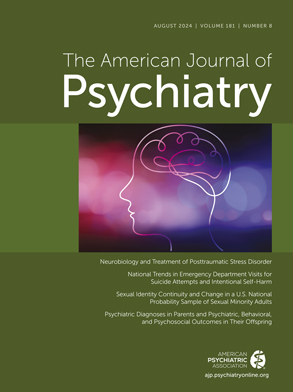Abstract
1. When indicated, in order to facilitate rapid, radical, short-term therapy, patients may be hypnotized and then treated, sometimes successfully, both by the more usual psychotherapeutic techniques and by techniques made possible only as a result of the hypnotic interpersonal relationship. It should be stressed, however, that we do not consider hypnosis of itself either a therapeutic agent or a therapeutic technique. Patients with surgical disease are treated (i. e., operated upon) not by but under anesthesia; and likewise patients with emotional disease can be treated psychotherapeutically not by but under hypnosis. Our approach is channelizing and directive, rather than suggestive or aggressive.
2. A number of extremely specialized hypnotherapeutic techniques now exist. Among these is one that for want of a better term we have characterized as the hypnotic unmasking, intensification, or recognition of an emotion. Some patients blot out conscious awareness of emotion. Though not felt spontaneously, it can nevertheless be aroused under hypnosis. If this particular technique be utilized, the emotion of the moment may erupt into conscious awareness with such intensity as to result even in the acting out of fantasies underlying those attitudes and symptoms that have caused so much difficulty to the patient in his relationship with other human beings. Sexual fantasies, naked anxiety, or pronounced rage reactions frequently come to the fore. These patients, however, seem to know almost instinctively, in view of the frequency of psychotherapeutic sessions and the time intervals between them, exactly how much anxiety they can tolerate during any one session. The problem, therefore, seems to be not so much that of the patient's anxiety as the psychiatrist's. Nevertheless, since defenses do not constitute an automatic brake, it must be emphasized over and over again that this technique is much too dangerous for use by therapists if they be nondynamically oriented or inadequately trained.
3. The reactions elicited may be treated along dynamic lines, but without verbal consideration and investigation of transference relationships. It seems to be the intense emotional experience of the therapeutic sessions, sometimes by itself but usually only when tied in with reaction patterns, motivational bases of behavior, early attitudes, and present difficulties in interpersonal relationships, that somehow is integrated into the personality structure and thereby helps make it possible for the patient to achieve warmer, more adequate, and more satisfying relationships with those other human beings with whom he finds himself—or wishes to find himself—in intimate daily contact.
4. Calculated risks must at times be taken when treatment of this type is decided upon. These include those of suicide by the patient, of collaboration by the therapist in the fantasies of his patient, and of acting out by the patient of the fantasies of his therapist. Such pitfalls, for the most part, so it is believed, can be avoided.
5. During this discussion, we have restricted ourselves specifically to the clinical applications—diagnostic, prognostic, and therapeutic—of this technique. We believe it may also find use as a research tool, but in our opinion such research—and, in fact, all research with hypnosis—should be under supervision by dynamically oriented psychiatrists.

